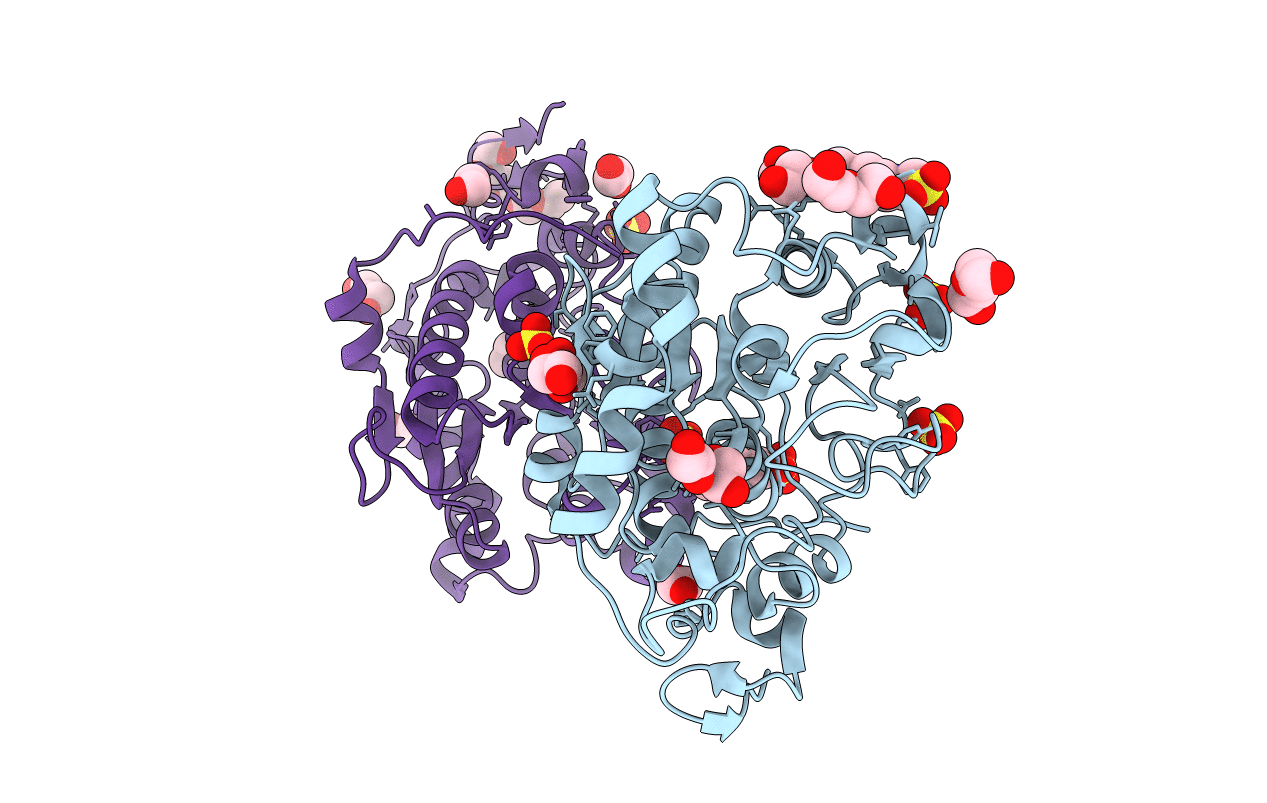
Deposition Date
2018-12-29
Release Date
2020-01-01
Last Version Date
2024-11-06
Entry Detail
PDB ID:
6J1Q
Keywords:
Title:
Crystal structure of Candida Antarctica Lipase B mutant - RS
Biological Source:
Source Organism:
Pseudozyma antarctica (Taxon ID: 84753)
Host Organism:
Method Details:
Experimental Method:
Resolution:
1.60 Å
R-Value Free:
0.17
R-Value Work:
0.14
R-Value Observed:
0.15
Space Group:
P 1 21 1


